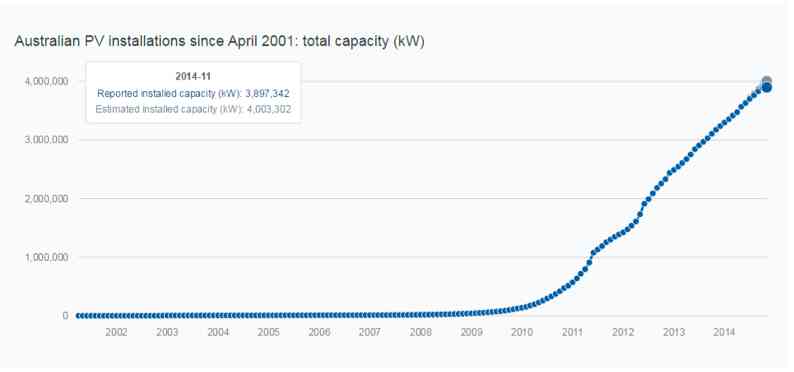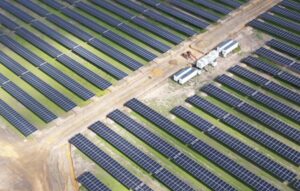Australia has surpassed 4GW of rooftop solar PV, according to data provided by the Australian Photovoltaic Institute. The revelation comes just days after Australian Bureau of Statistics data indicated that one if five houses around the country had a rooftop solar array.
The APVI, which operates the solar map that tracks capacity, output and generation share across Australia, said the breaching of the 4GW mark means that rooftop solar capacity has risen four-fold since 2011. It estimates that more than 40 per cent of households in Queensland and South Australia have solar panels.
According to separate data from Green Energy Trading and network operators, more than 15,000 households in Australia are adding solar each month, meaning that at least 600MW has been installed in the first 10 months of the current year.
APVI said its estimates of current installation comes through its live ‘solar map’. It is hosting the Asia Pacific Solar conference on Monday through Wednesday, where more than 280 solar experts will gather in an event co-hosted by the NSW government and the Australian Renewable Energy Agency.











